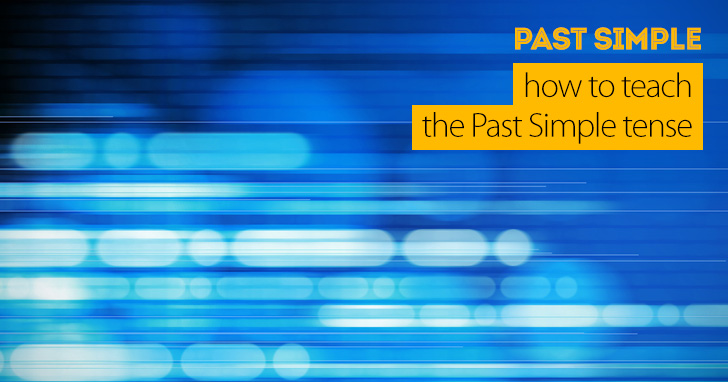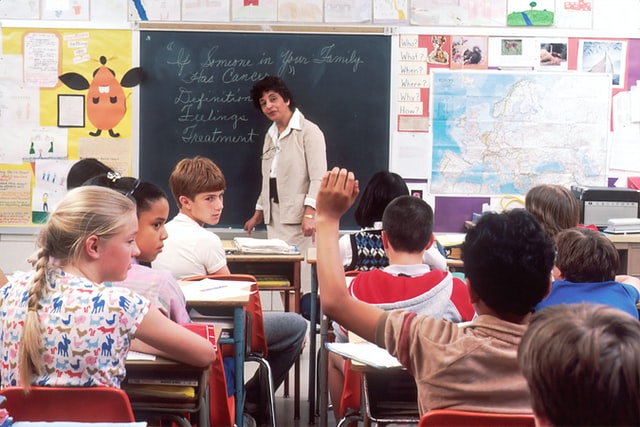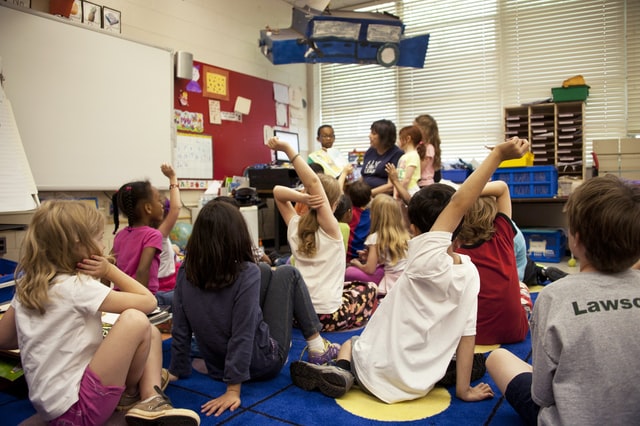How to Teach the Past Simple Tense – Verb to Be



When teaching the Present Simple, the ultimate goal is to make sure your students understand that it’s used to describe routines, habits, daily activities, and general truths. It is also important is the contrast between the Present Simple and the Present Progressive.
This series of steps will guide you towards teaching the Present Simple and covers function, conjugation, and form.Introduce an action
Explain that it is basically using a verb to tell about things that happen in the present, like every day, every week, or every month, and is made from the present tense of the verb be and the –ing form of a verb. Pick up a newspaper and pretend to read it. Ask your students what you're doing. They’ll say, “You’re reading a newspaper.”
T: “What newspaper am I reading?”
S: “You’re reading The New York Times.”
Introduce Present Simple - First person singular
For example, tell your students, “I read The New York Times every day.” Make a list of the things you do every day as a routine:
Make sure your students understand that you do this on a daily or weekly basis; these are habitual actions. Go around the class and have students tell you what they do everyday or what some of their habits are. They should give more examples in the first person singular.
Introduce Present Simple – Second person singular
Say: “I watch TV before dinner. Sarah, you read a book”. Go around the class giving examples like, “I go to work at 9. You go to school.” Face each of your students and state a general truth:
T: “John, you live in Queens.”
John (to teacher): “You live in Queens, too.”
T: “Sally, you have a dog.”
Sally (to teacher): “You have a cat”.
Split your students up into pairs and have them give each other statements in the second person singular.
Introduce Present Simple – Third person singular
Say: “I watch TV before finner. Sarah reads a book.” Make sure students notice that you’ve added the s for the third person singular. Give more examples with other students, and introduce the irregular verbs: John goes to work at 8. Sally has lunch at 1. Students provide more examples from the information previously shared by their classmates.

Do the same for the plural persons
Ask who lives in Queens and ask them to stand up. Then point to yourself and those standing and say: “We live in Queens.” Ask who lives in the Bronx and ask them to stand up. Address those who are standing and say: “You live in the Bronx.” Point to your group and say, “We live in Queens.” Ask who lives in Manhattan and point to that group and say: “They live in Manhattan.”
Introduce Present Simple – Negative
Make a statement in the affirmative, then make one in negative with don’t.
T: I live in Queens, I don’t live in the Bronx.
Ask students to do the same presenting first an affirmative, then a negative. Practice all persons except the third person singular.
Introduce Present Simple – Negative (third person singular)
Make a statement about a student, then make one in negative form using doesn’t.
T: Alex watches TV before dinner. He doesn't read a book.
Ask students to do the same by using the information previously shared by their classmates.
Introduce Present Simple – Questions
Make a statement about yourself. Then ask a student a question to introduce 'do'.
T: I walk to school. John, do you walk to school?
Walk around the classroom asking students questions and teaching them to answer, “Yes, I do” or “No, I don't.” Do the same for all persons except third person singular.

Introduce Present Simple – Questions (third person singular)
Contrast students’ habits. Make a statement about one, then ask about another student:
T: John walks to school. Does Sarah walk to school?
Walk around the classroom asking questions with does, and teach students to answer “Yes, he does” “No, he doesn’t”.
Expand and practice: Present Simple Excercises
Practice all persons and forms. Ask open-ended questions. Introduce more verbs.
Where do you live?
Where does she work?
How many languages do you speak?
Now’s also a great time consolidate everything that they’ve learned about the Present Simple; this is a great worksheet that will help them focus on form.
Be creative
Ask students to compose a social media post or short blog about a personal experience using the Present Continuous. They can describe what is happening, for example while they are on vacation or at some interesting place, such as a tropical beach, an exciting experience or just visiting a favorite place. They need to include a few sentences using the present simple. For example: “The sun is shining and I am going swimming in the sea.” Students can read out their posts to the rest of the class.
Fill in the blanks – Third person singular
Fill-in-the-blank exercises help students to think. Students can work in groups or pairs. Write sentences for students to complete giving true information, e.g. I am feeling __________, I often feel __________, I rarely __________ and my sister is __________. Students will read out just the word they filled in (e.g. “happy,” “swim” or “cook”) and their partners must guess which sentence they put those words in. Present Tense Step-by-step:
1. Introduce an action – Action Verbs
2. Introduce Present Simple – First person singular
3. Introduce Present Simple – Second person singular
4. Introduce Present Simple – Third person singular
5. Do the same for the plural persons – Plural Forms
6. Introduce Present Simple – Negative Present Simple Sentences
7. Introduce Present Simple – Negative (third person singular)
8. Introduce Present Simple – Questions
9. Introduce Present Simple – Questions (third person singular)
10. Expand and practice: Present Simple Exercises
Obviously, you don't have to follow all of these steps in one single lesson; you can spread them over the course of a week to make sure your students have plenty of time to practice the Present Simple exercises in all its forms. There are literally hundreds of Present Simple worksheets and lessons plans available at BusyTeacher.org that you can use for in-class activities or give to your students for homework for extended practice. Be sure to check them out!